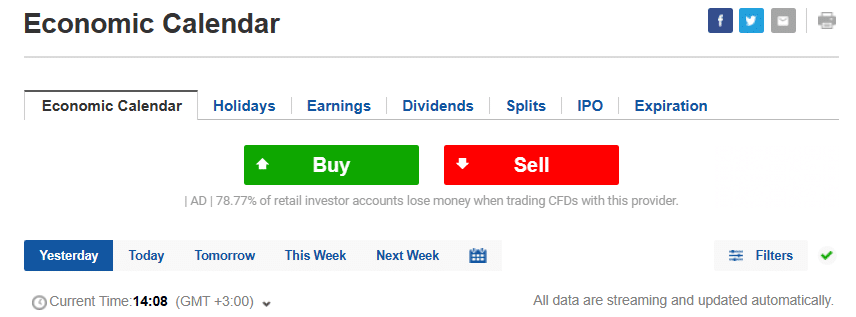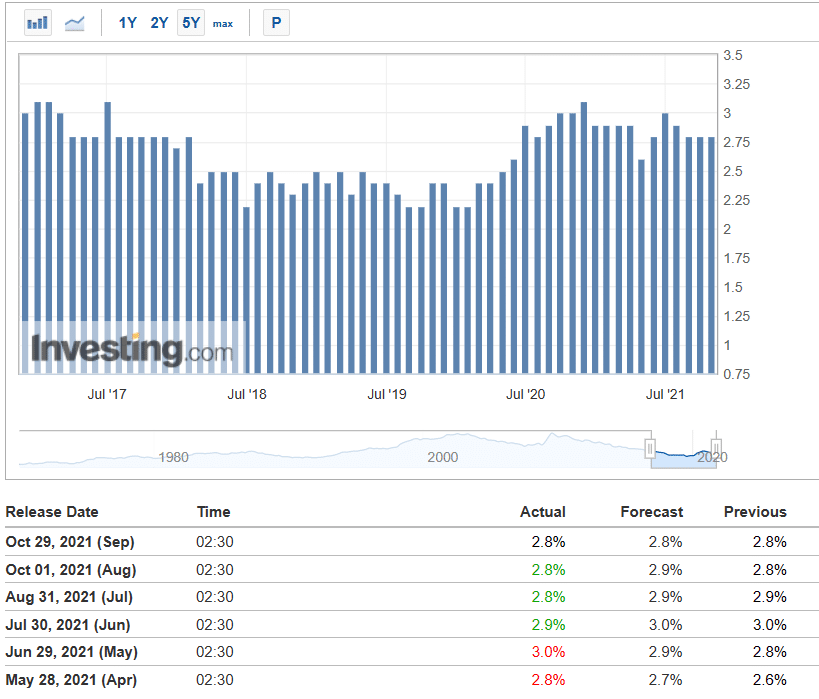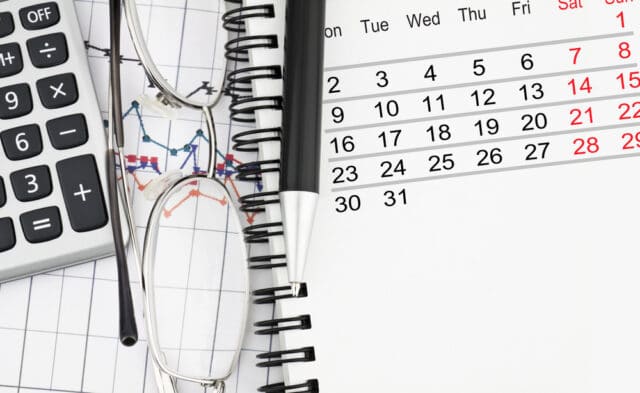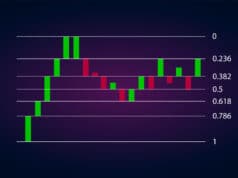Fundamental analysis is the process of forecasting the future movement of a currency pair or any other asset by looking at forces that affect them. In stocks, it can refer to things like earnings and management changes, while in currencies, it refers to things like employment, inflation, and interest rates. In all this, the economic calendar plays an important role in delivering these numbers. In this article, we will look at what the economic calendar is and how you can use it well in day trading.
What is an economic calendar?
An economic calendar is a tool that gives you a schedule of when a certain economic number will come out. The calendar works because many statistics agencies publish their numbers at a certain time. It provides you with the exact time when the data will come out, the previous data, its estimate, and the actual number that is published. It also gives you historical data and the source of the numbers.
A calendar is an essential tool in trading for two reasons. First, it gives you a compilation of data from around the world. Therefore, you can get the numbers from an emerging market country like Singapore and developed countries like the UK.
Second, currency pairs tend to experience key volatility when certain economic data is released. Therefore, knowing when these numbers will come out in advance will help you be prepared.
There are many websites that provide the economic calendar. These sites include Investing.com, DailyFx, Bloomberg, and The Wall Street Journal (WSJ). In my experience, I have found the calendar provided by Investing.com to be of the best quality since it is found both on the website and in mobile applications.
How to use the economic calendar
As simple as it sounds, using an economic calendar is not easy for beginners. The first step to approach it is to get the tool. In this example, we will use the calendar found in Investing.com.
In this calendar, there are several key sections that will make it easier for you to do analysis. In the chart below, we can see that the calendar has a section for the period. The default periods are yesterday, today, tomorrow, this week, and next week. You can toggle these periods to meet your trading needs. Next to the next week tab, there is a calendar tool that lets you select a specific date that you want to analyze.
On the right, there is a tab known as a filter. In it, you can select the countries that you want to appear in your results. You can exclude developing and emerging markets that you typically don’t trade. Most importantly, there is a timezone feature that allows you to set the time you are using.
Economic calendar tabs

In the next chart, we see that the economic calendar has seven columns. On the left side, there is the time of the day when the data will come out. In my experience, this time tends to be very accurate. The second column has the currency that will be affected by the data.
In the third column, there is the implied volatility to expect when the data comes out. One star indicates that the currency will not have any movement after the data is released. Two stars mean that it has moderate volatility, while three stars mean that there will be more volatility.

The fourth column has the economic event that will come out. In this example, the events are Japan’s unemployment rate and Tokyo’s consumer price index (CPI) data. Next, there is the actual data that will come out. It is followed by the forecast, which is compiled by companies like Reuters and Bloomberg. Finally, there is the previous data.
The calendar also gives you a summary of historical data. You can get this data by simply clicking on the fourth column. The chart below shows more details of Japan’s unemployment rate. It has both a chart and raw data.

As a trader, we recommend that you always look at the coming week’s economic calendar. You can do it on Friday after you finish trading. You can also look at it during the weekend or Monday morning. Doing this will help you be prepared for the upcoming releases and the volatility they may cause. You should also look at the calendar every morning before you start your day.
Key economic data in the calendar
Not all economic numbers are important as a trader. Therefore, you should focus on the following key numbers in the calendar:
- Employment data – Many countries publish their economic data once per month. In the US, the Bureau of Labor Statistics (BLS) publishes the data every first Friday of the month. These numbers are commonly known as non-farm payrolls (NFP), and they tend to set the tone for the following month.
- Inflation – Central banks are mandated to ensure that the unemployment rate is low and that inflation is maintained. Therefore, investors tend to pay close attention to a country’s inflation. The key inflation gauges in the calendar are the consumer price index (CPI), producer price index (PPI), and personal consumer expenditure (PCE).
- Consumer confidence – The data measures how confident consumers are about the economy. It is an important number since consumer consumption is the most important part of the economy. Highly confident consumers will typically spend more money.
- Retail sales – The volume of retail sales is an important gauge of the economy since retailers employ millions of people. The volume is also an important gauge of consumer consumption.
Other key numbers in the economic calendar are manufacturing and services PMI, industrial production, housing numbers, and business confidence.
Final thoughts
An economic calendar is an important tool in forex trading. It is used by traders following all approaches of trading, including algorithmic trading. In this article, we have looked at what the calendar is, the different sections of the calendar, and the most important data in it.




